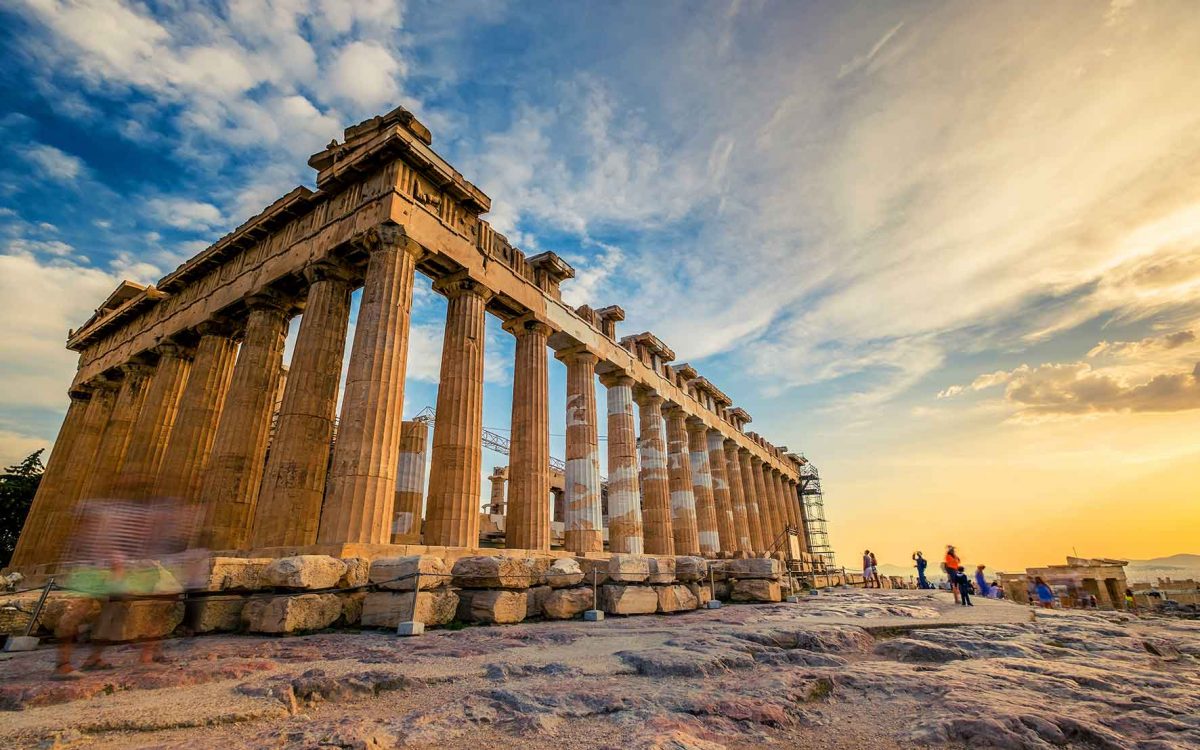There’s a danger with all long-running campaigns in search of some kind of resolution that the arguments can start to feel a little stale. Oftentimes, the best thing is to press the reset button, inject fresh ideas into the debate, and seek out new allies to the cause.
The four decade-long campaign for the reunification of the Parthenon Sculptures has drawn some of the best and brightest minds in archaeology, art history and cultural heritage, and, without doubt, passions have run high. But beyond the usual arguments (about Lord Elgin and his associates’ nefarious methods to remove the Sculptures from the monument in the early 19th century; the 1816 debate in Britain’s parliament to purchase the sculptures and their acquisition by the British Museum; and the highly dubious reasons why, more than 200 years later, the Museum insists on retaining them), it somehow feels that we’ve got a bit stuck in the mud.
To that end, on Friday, September 16, a group of distinguished scholars and cultural heritage experts gathered at the Acropolis Museum in Athens for the much-anticipated conference, “Parthenon and Democracy.” Co-organized by the Acropolis Museum and the Hellenic Ministry of Culture and Sports, and with delegates coming from as far afield as Australia and Brazil, the conference aimed to breath new life into the campaign by discussing how and in what ways (and to what extent) the Parthenon is an enduring symbol of democracy, as relevant now as it was two and a half millennia ago, and why the reunification of its decorative sculptures is a matter of ethics, in line with contemporary post-colonial thinking.
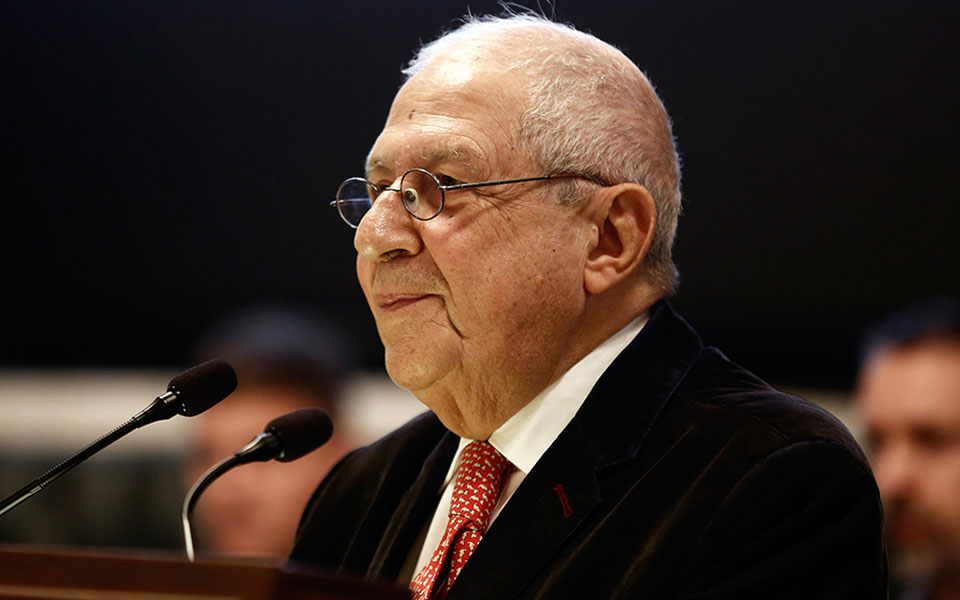
© InTime News
Despite the well-worn debates, there appears to be strong appetite to capitalize on the unprecedented momentum in the campaign over the past year, spurred on by a flurry of headline-grabbing articles in the international press. Many of the conference delegates appeared invigorated, feeling as though the tide has already turned in favour of the Greek cause. This comes after the announcement last September by UNESCO’s International Committee for the Return and Restitution of Cultural Property (ICPRCP), urging the UK to enter into intergovernmental talks with Greece over the dispute.
Indeed, for the first time in 40 years, the campaign feels as though it’s reaching critical mass. Many will be forgiven for thinking there’s an air of inevitability about it, but there is still some distance to go before the abducted Parthenon Sculptures, languishing in the eerie gloom of the Duveen Gallery in London, are returned to the blue skies of Attica. In order to get the campaign over the line, it will need one more big push to convince ALL stakeholders that the return of the Sculptures is a golden opportunity to right a historic wrong.
The conference, arranged a day after the annual meeting of the International Association for the Reunification of the Parthenon Sculptures (IARPS), featured presentations by 12 of the campaign’s veteran players. From Professor Nikolaos Stampolidis, General Director of the Acropolis Museum, to Dr Christiane Tytgat, President of IARPS, delegates explored a range of topics concerning the early development of democratic Athens, the Parthenon as a testament to the social, political and cultural supremacy of the ancient city-state, and the monument as a powerful and enduring symbol of democracy in the 21st century.
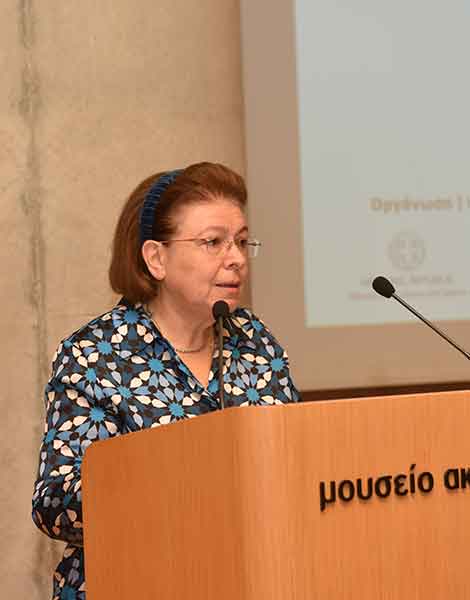
© Acropolis Museum / Hellenic Ministry of Culture and Sports
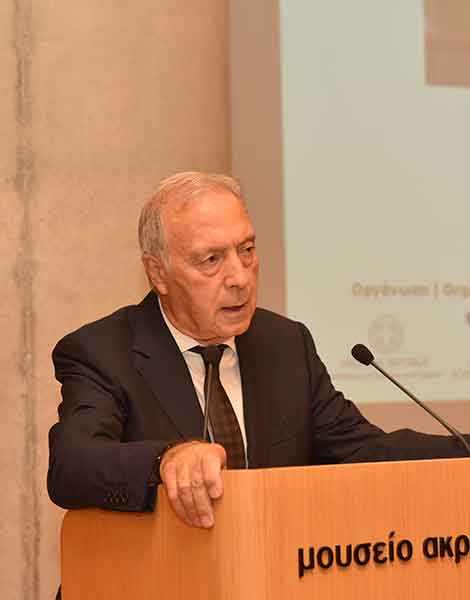
© Acropolis Museum / Hellenic Ministry of Culture and Sports
The Parthenon as a Enduring Symbol of Democratic Culture
Conference attendees were greeted with three welcome speeches, including one from Culture Minister Lina Mendoni, who expressed deep sadness at the passing of Professor Dimitrios Pandermalis, praising the crucial role he played in the realisation of the Acropolis Museum: “Thanks to his persistent efforts, Greece obtained a museum worthy of the Acropolis and its cultural treasures.”
Live streamed on YouTube and with simultaneous translations in Greek and English, the morning session was devoted to Greek scholars and members of Ministry of Culture and Sports engaged in research and enhancement projects on the Acropolis. Especially noteworthy were the presentations by Professor Nikolaos Stampolidis, current Director of the Museum, who reflected on the Parthenon frieze, and Dr Elena Korka, a veteran member of the Greek Committee for the Reunification of the Parthenon Sculptures, who made a powerful case for the democratic symbolism of the Parthenon today: “Societies may change over time, but democratic institutions and functions remain unshakable witnesses to the evolution of civil society.”
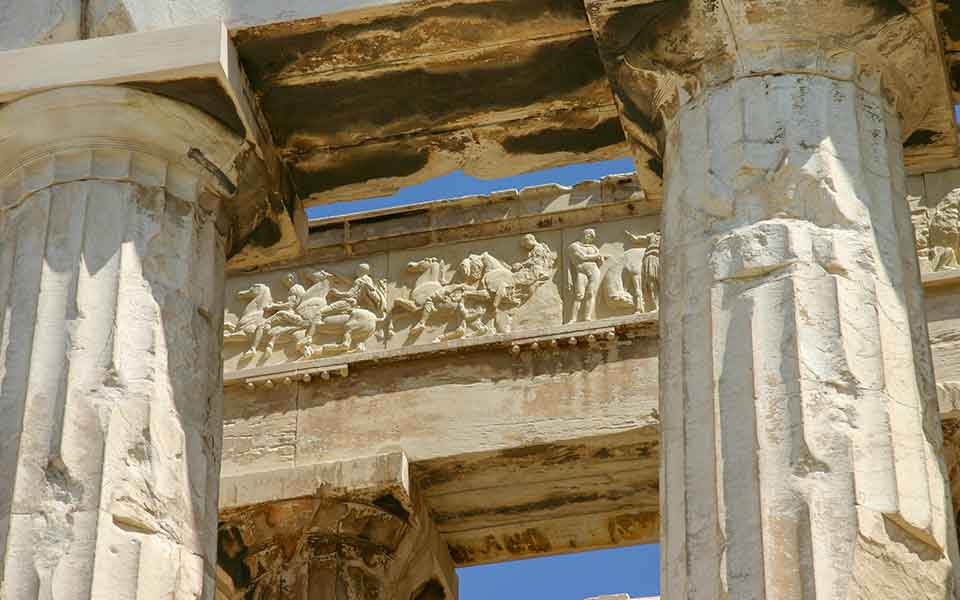
© Shutterstock
In the afternoon session, the floor was transferred to the attending representatives of the various international committees. Of note was Alexandra Pistofidou’s presentation “Parthenon and Democracy, 2022,” which traced the evolution (and experimentation) of political systems from the 5th century BC, through the Middle Ages and the Renaissance, to the 19th century, and compared the leadership of Pericles and Franz Joseph I of Austria. Pistofidou, Founder and Chair of the Austrian Committee for the Reunification of the Parthenon Sculptures, made the point that every single element of the Parthenon had to be voted on by the people – “The people rather than one architect made decisions about the building.” It was a monument to Athenian democracy, the ultimate expression of people rule, thus the reunification of the Sculptures is of critical importance to democracy today.
Tempering the debate somewhat, Paul Cartledge, Professor emeritus of Greek Culture at Cambridge University and President of the British Committee, poured lukewarm water over the idea that the Parthenon is truly reflective of democracy in its original context. After all, democratic participation in Athens – indeed citizenship – was limited to a fraction of the population, around 10 – 20 percent (only males who had completed their military service as ephebes had the right to vote, excluding slaves, freed slaves, children, women and foreign born residents). Even then, effective engagement with the institutions themselves required a high degree of know-how, as well as the ability to speak in a clear and persuasive manner to the 6,000-strong assembly (Ecclesia) on the Pnyx. Cartledge reminded us that the great statesman Pericles himself, the instigator of so much democratic reform in the city, hailed form an extremely wealthy, aristocratic family.
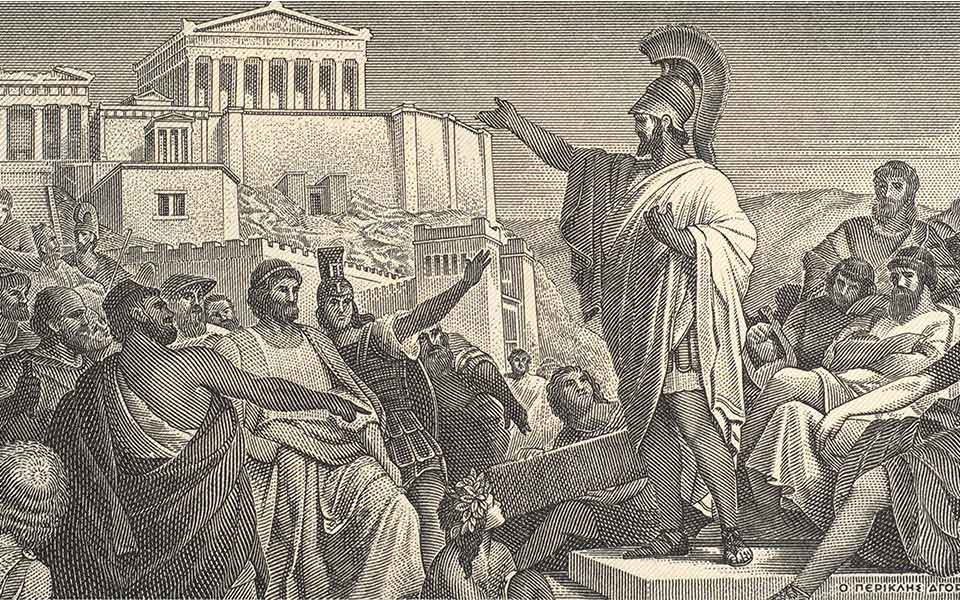
© Shutterstock
The final presentation of the conference was given by Professor Celine Lage, a classicist with a background in art curation and the current Vice-President of the Brazilian Committee. Saving the best for last, Lage’s talk was by far the most engaging and thought provoking of the day. Moving away from well-worn arguments about the cultural significance of the Parthenon and the “uniqueness” of democratic Athens, she instead focussed on the stubborn retention of the Sculptures by the British Museum flying in the face of contemporary discussions surrounding decolonization, curatorial narratives, dialogue and ethics.
Reflecting on the actions of the British Museum trustees, Lage referred to her own country’s legacy of colonialism and the ongoing exploitation and misappropriation of Brazil’s indigenous heritage. She concluded that the issue of the Parthenon Sculptures is not only one of ethics, but of democratic dialogue and partnership. In closing, she urged all parties to “seek common values and objectives.”
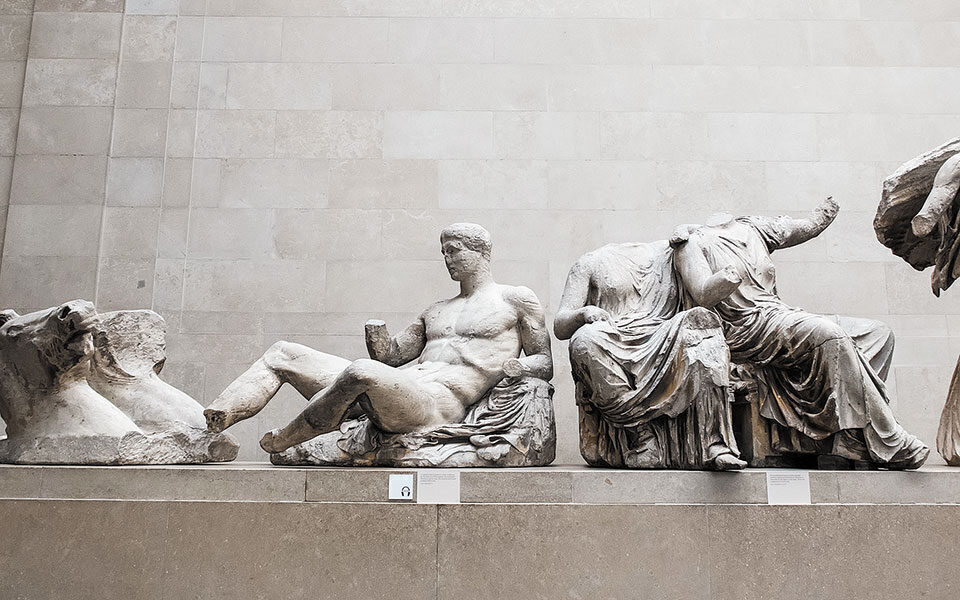
© Shutterstock
So far, so good. What now?
Last week’s conference certainly provided much food for thought on the notion of the Parthenon as an enduring “beacon of democracy,” to quote the late historian William St Clair, but there was little by way of fresh ideas beyond Celine Lage’s excellent argument for a slight re-framing of the debate.
The International Committees have played a pivotal role over the past 40 years, augmenting the hard work of the Greek authorities, and the delegates were clearly emboldened by the climate of goodwill in the international media, but little was made of the monumental shift in public opinion in the United Kingdom, and how best to capitalize on that. Spurred on by some outstanding articles in top UK broadsheets, inlcuding The Times, The Telegraph, The Guardian, and others, the mood is now strongly in favor of the Greek cause. Indeed, current opinion polls show that nearly sixty percent of respondents believe the Sculptures “belong to Greece.” Surely these are new allies to the cause?
To that end, the increased pressure on the home front, not only on the trustees of the British Museum but also on the UK government, appears to be working. Like a stubborn oyster shell refusing to be prized open, Jonathan Williams, the British Museum’s current director, hinted at a compromise earlier in the summer. There is certainly change in the air.
In closing, and in the spirit of representative democracy, UK citizens should be given every encouragement to write to their MPs, requesting them to amend the British Museum Act 1963. This Act, which outlines the composition and general powers of the Museum’s trustees, appears to be the real sticking point. If given the mandate by their constituents, UK parliamentarians can debate the issue in the House of Commons and further reflect on what responsibilities they wish to give to the trustees, thus opening up the very real possibility of compelling them to return the Sculptures to their rightful home.

